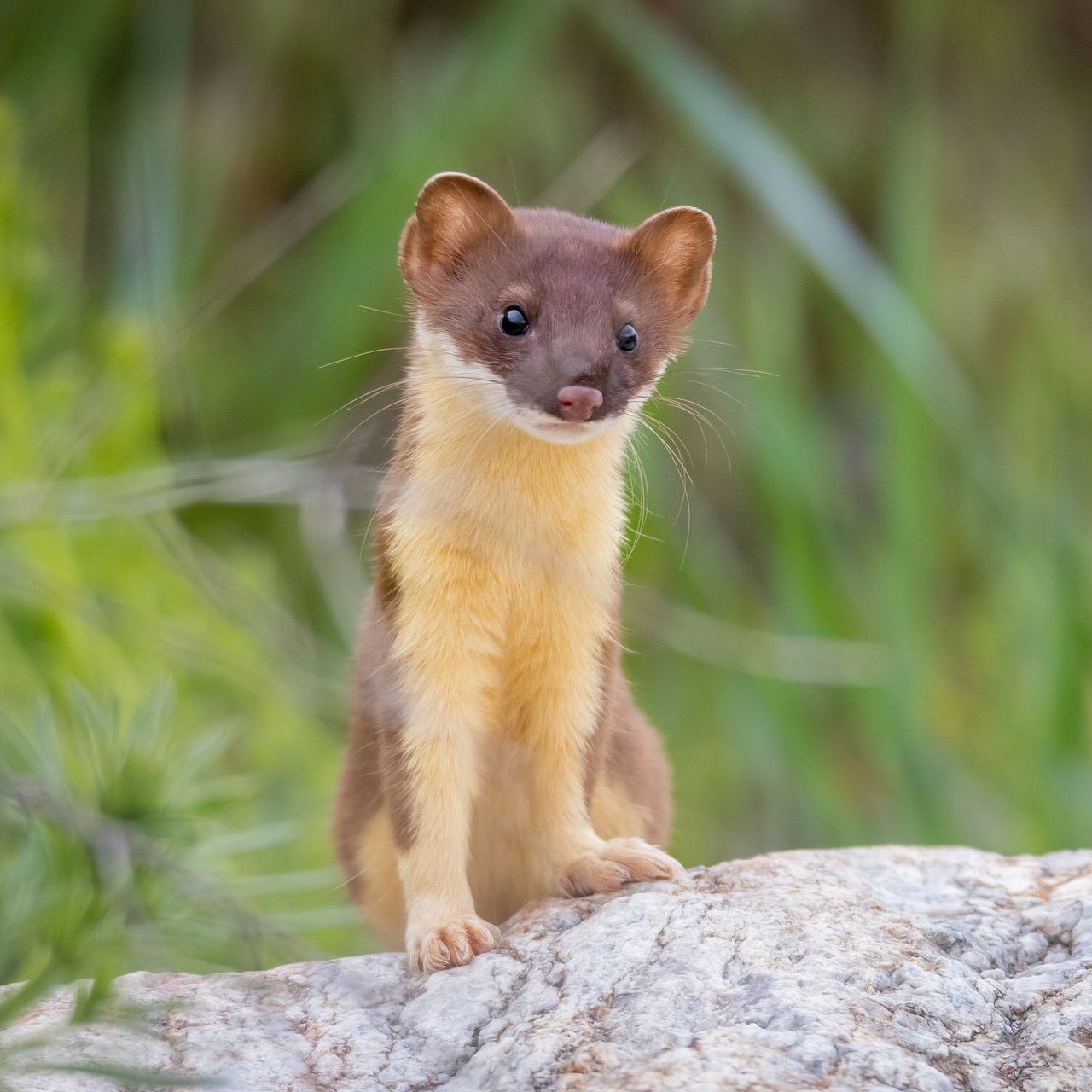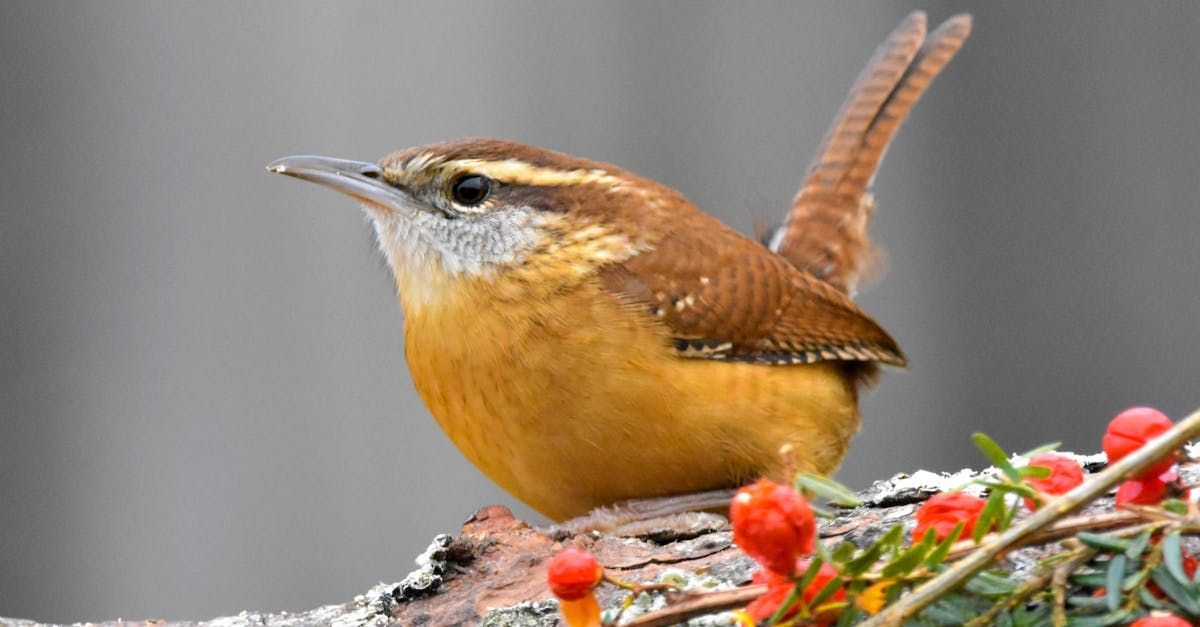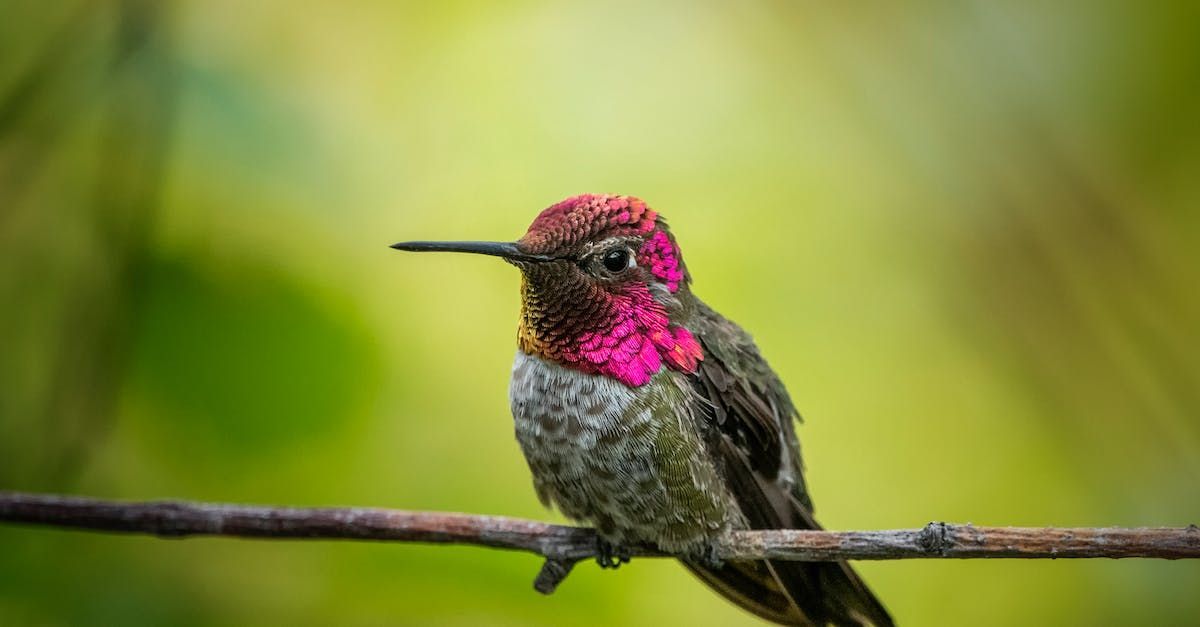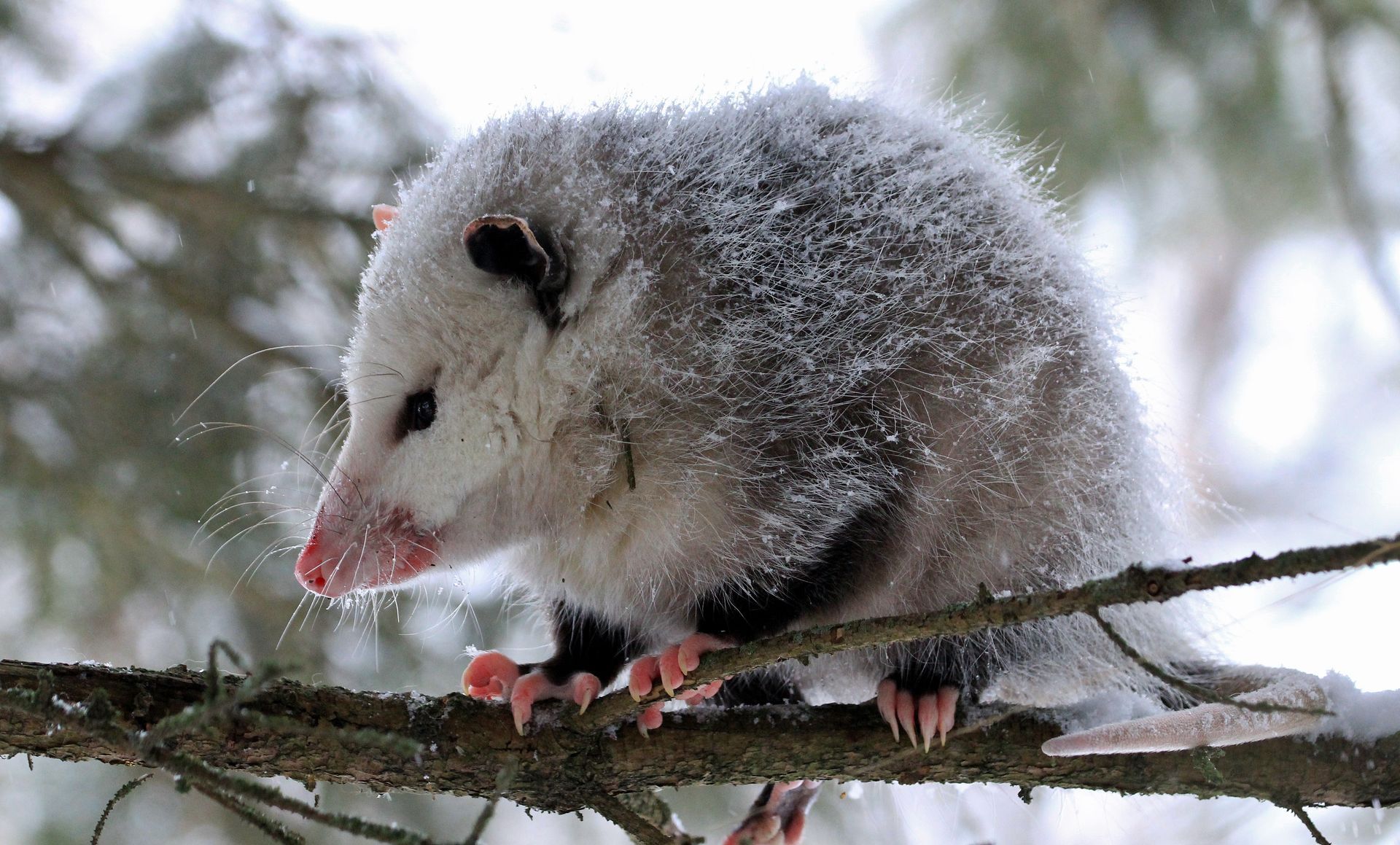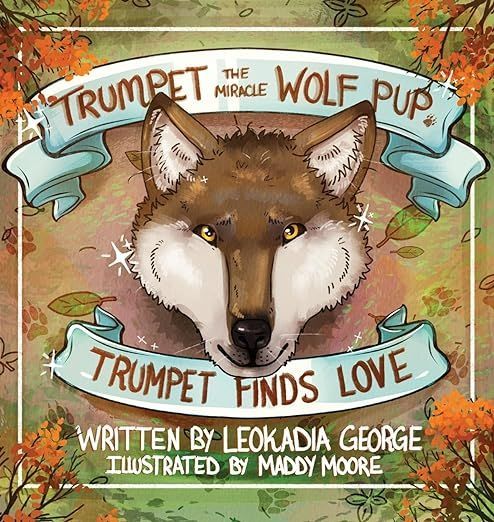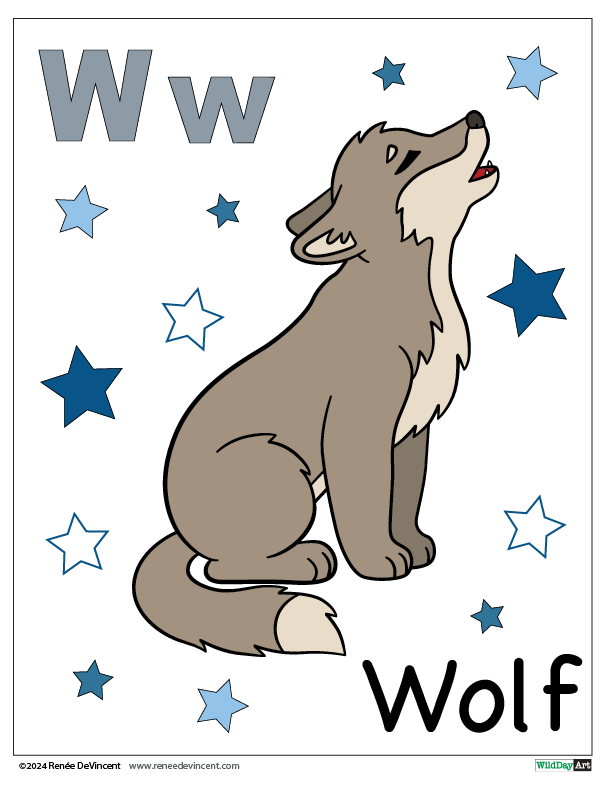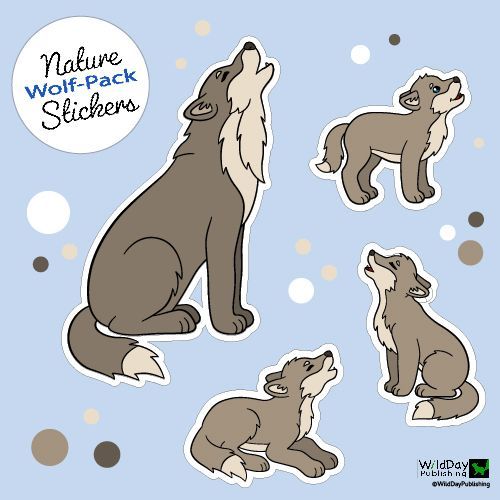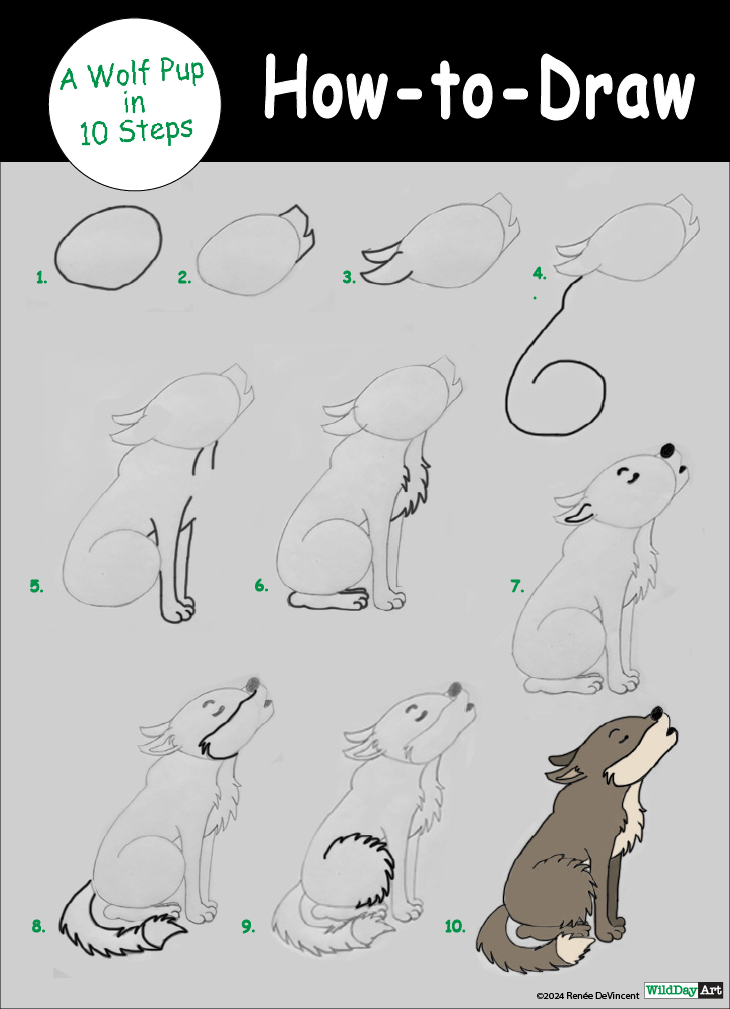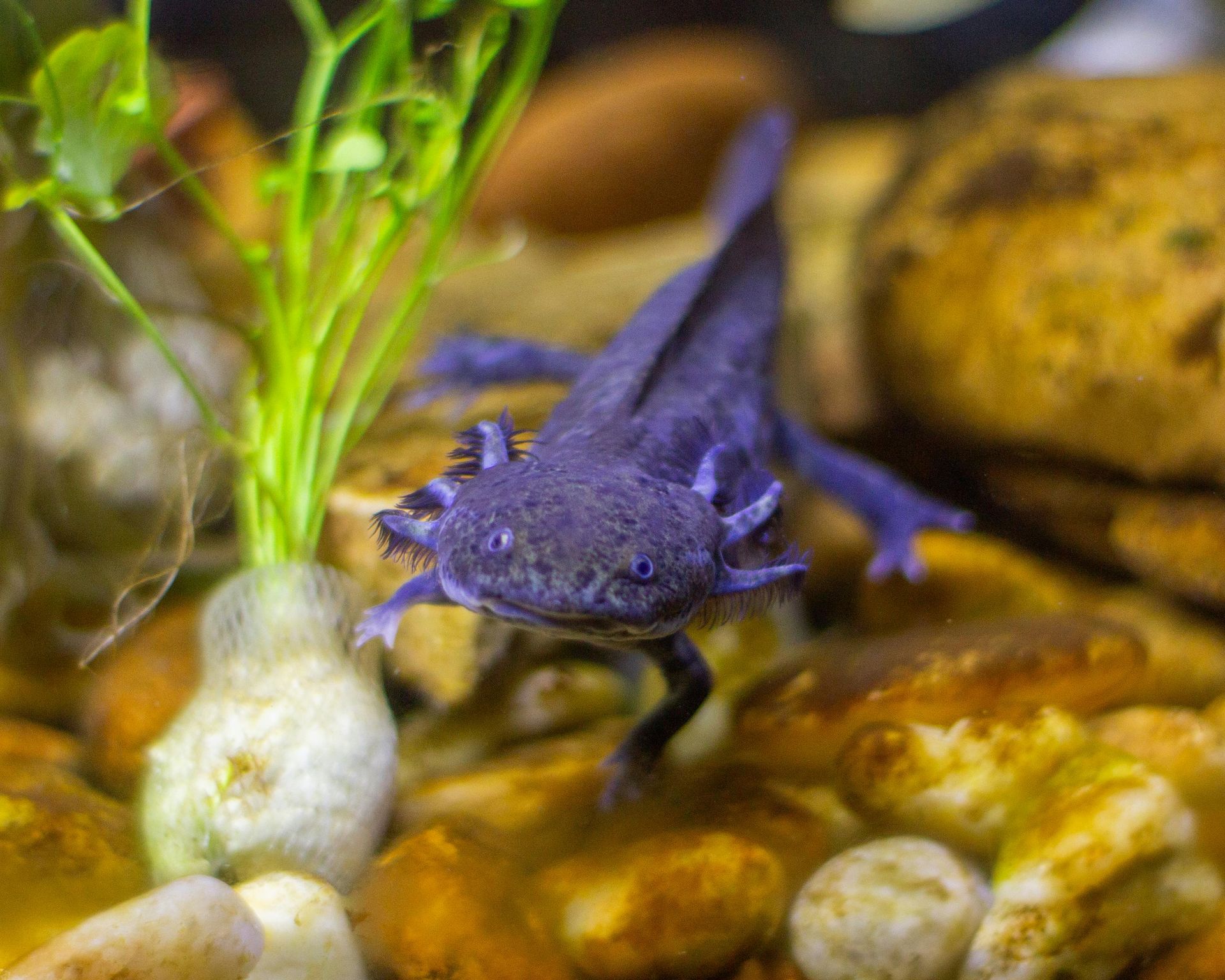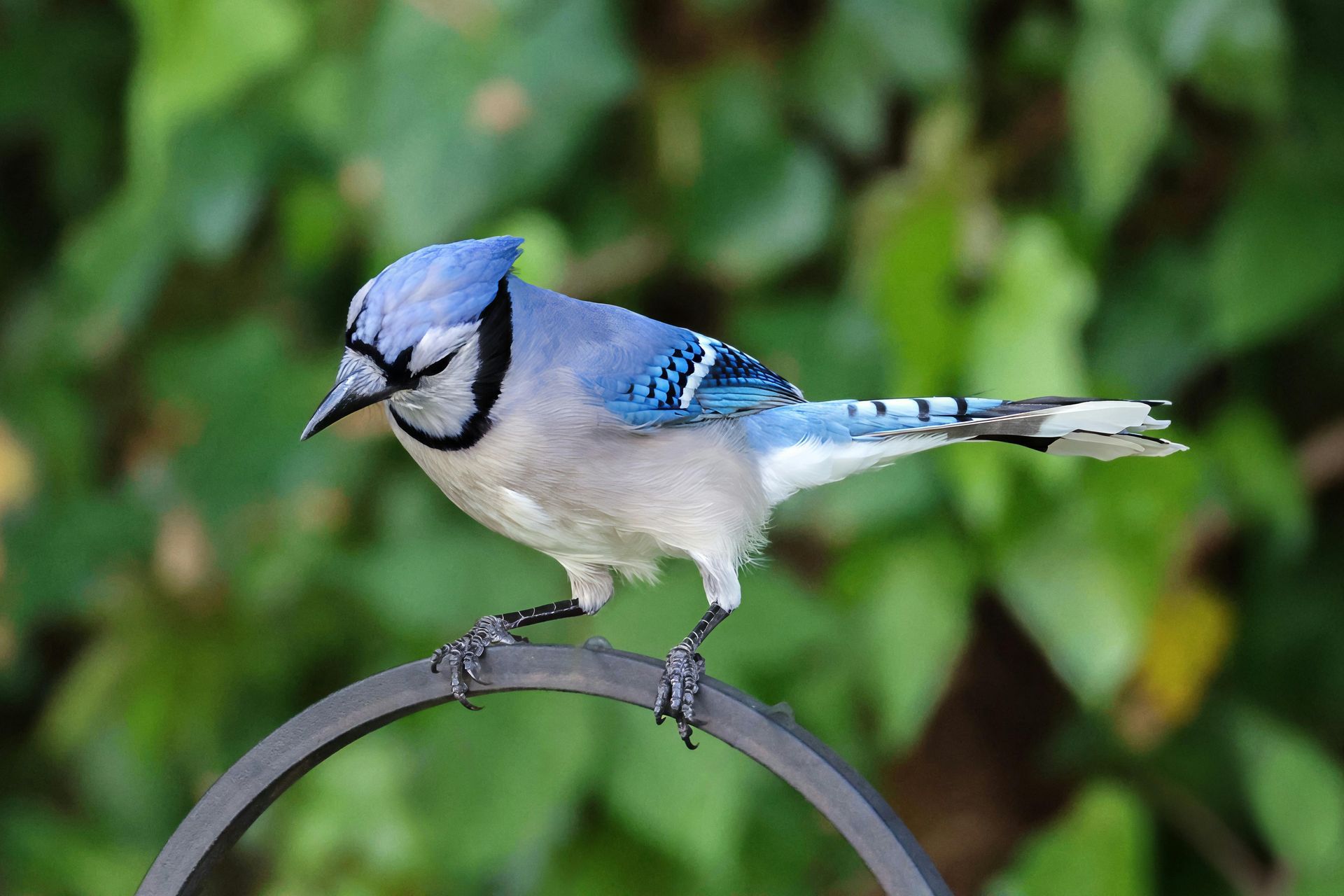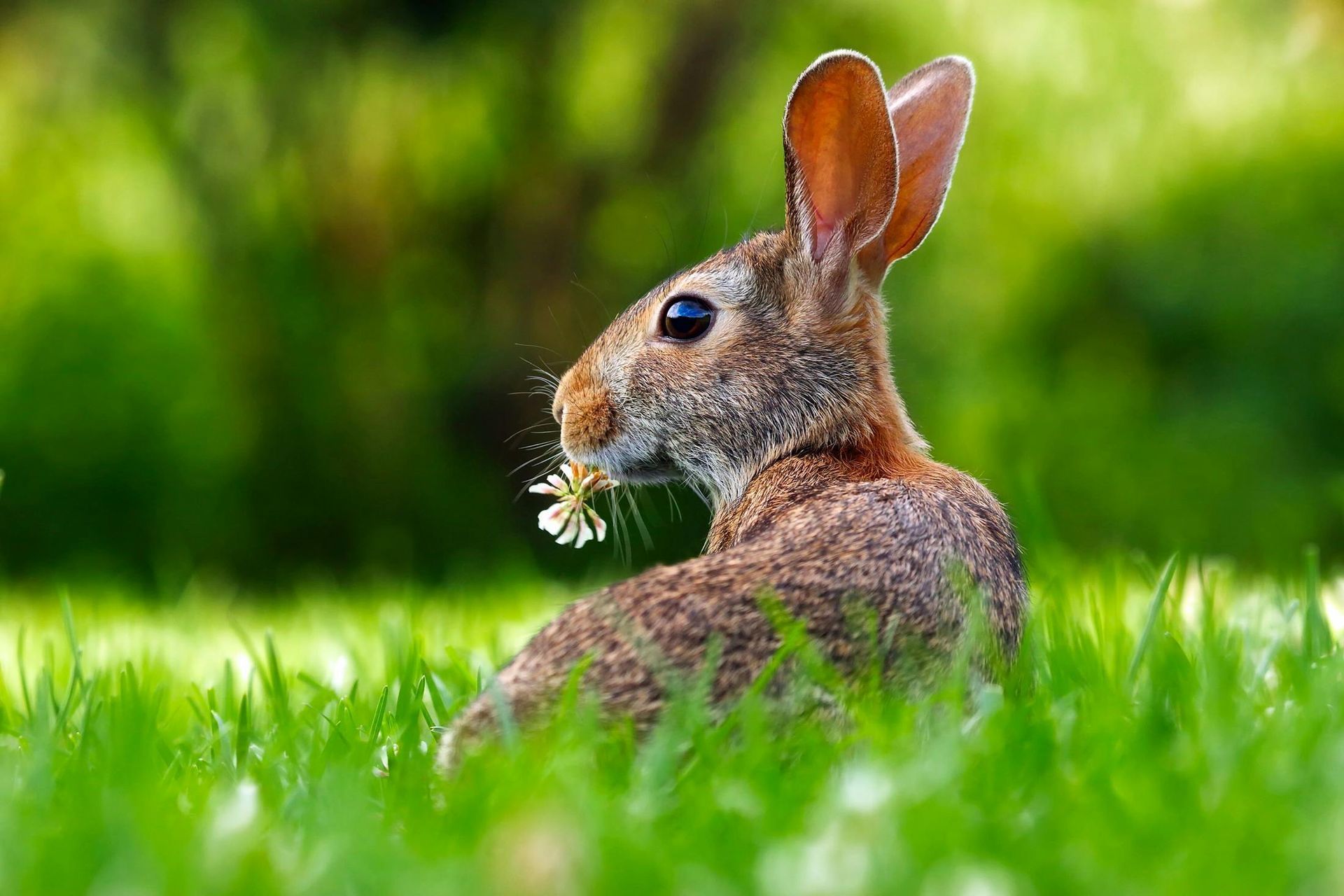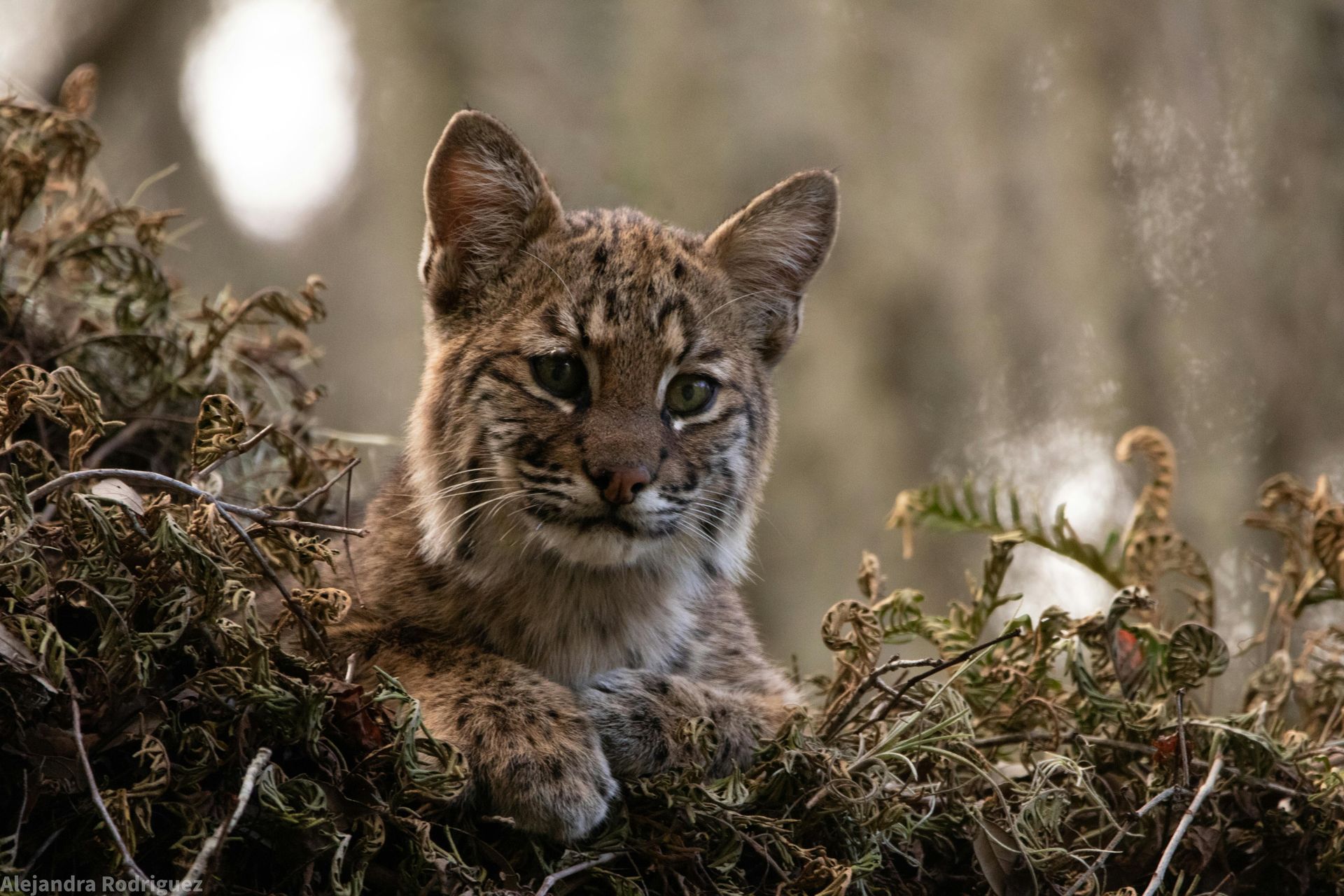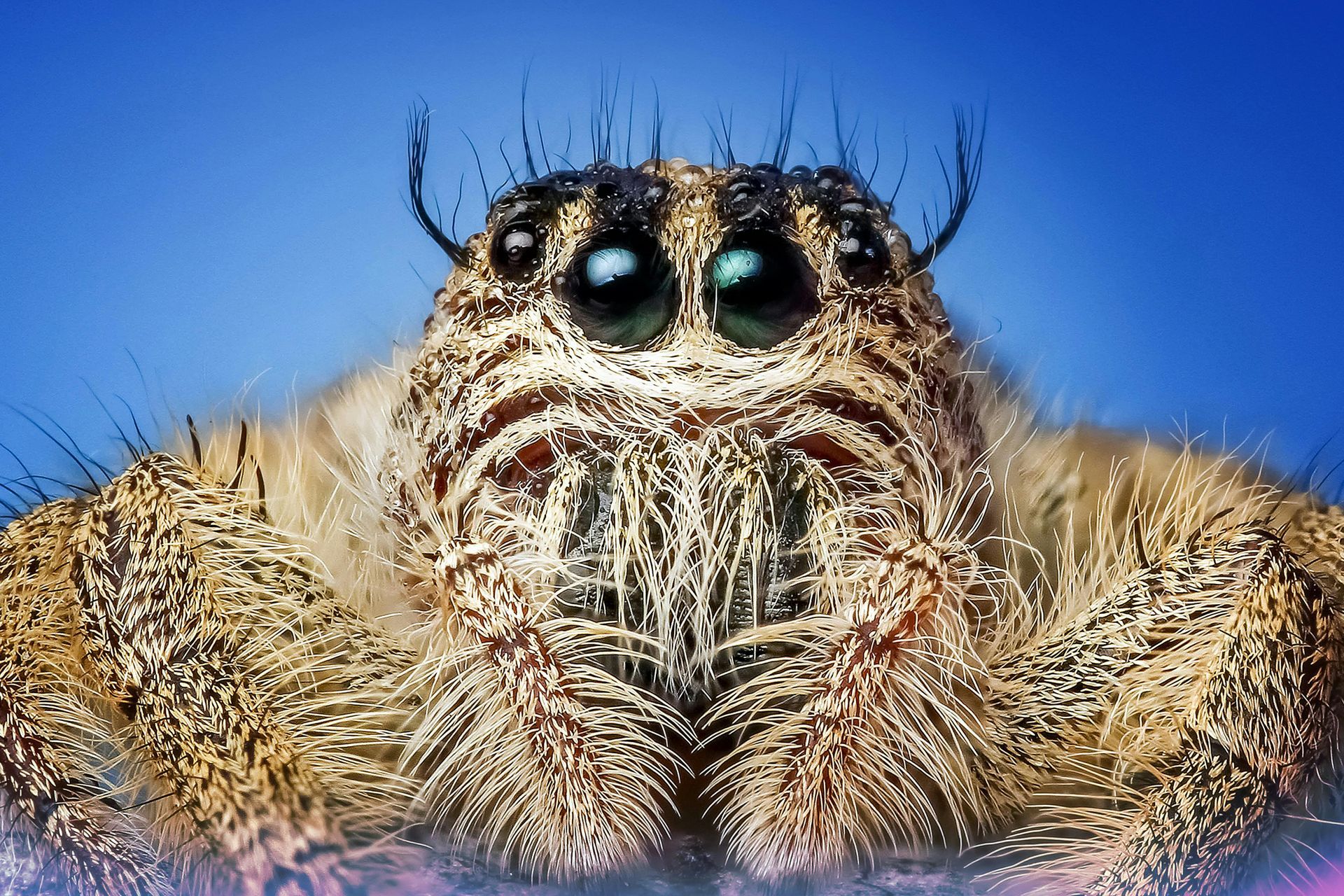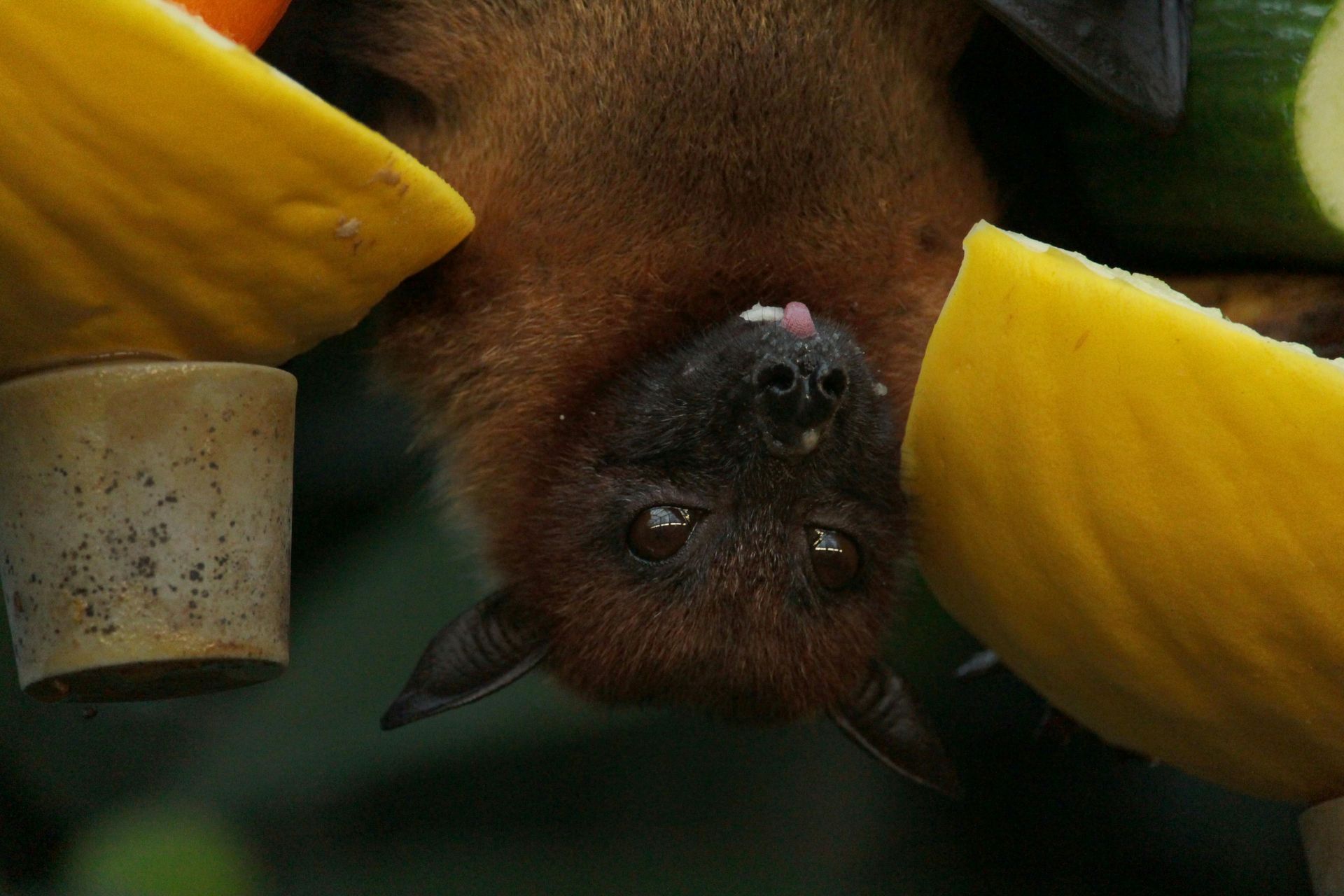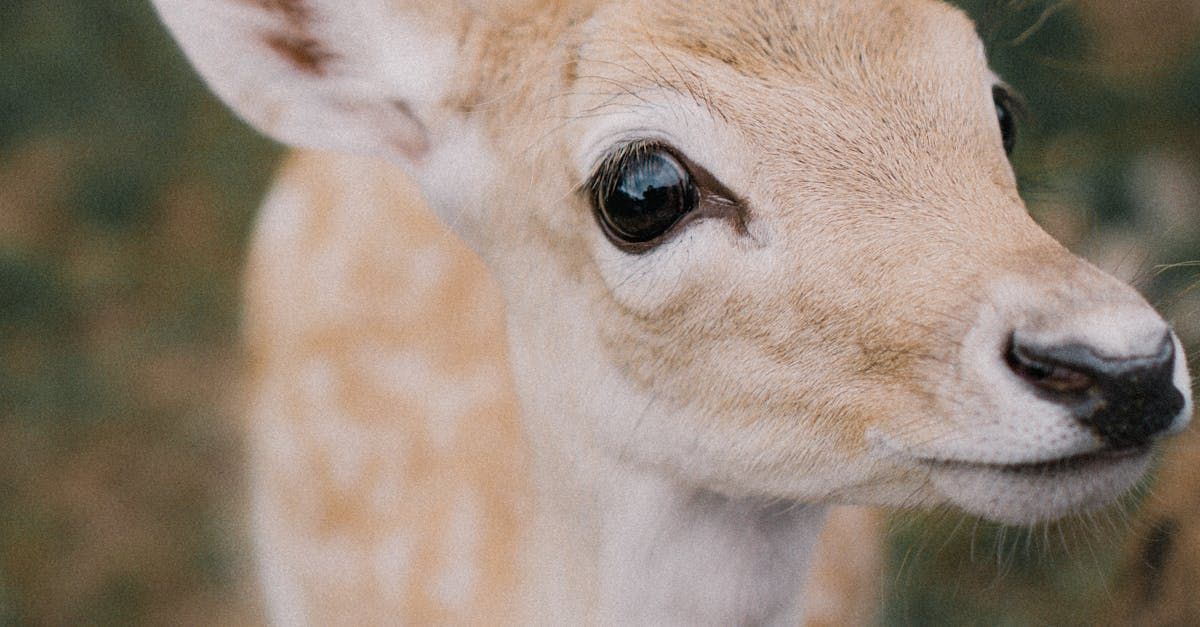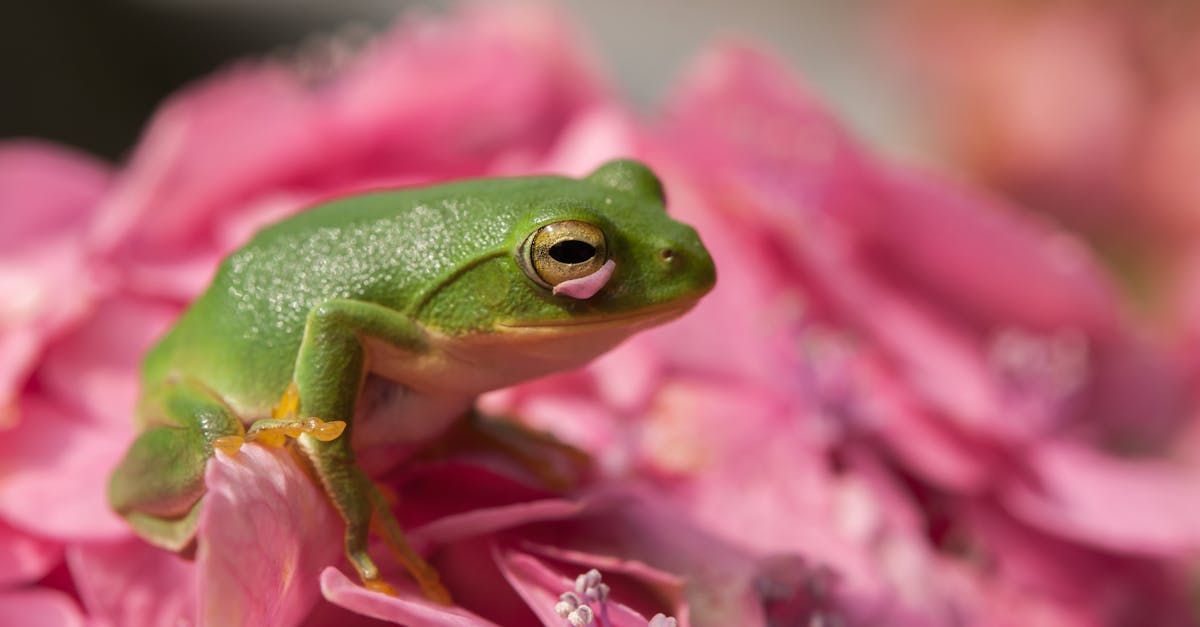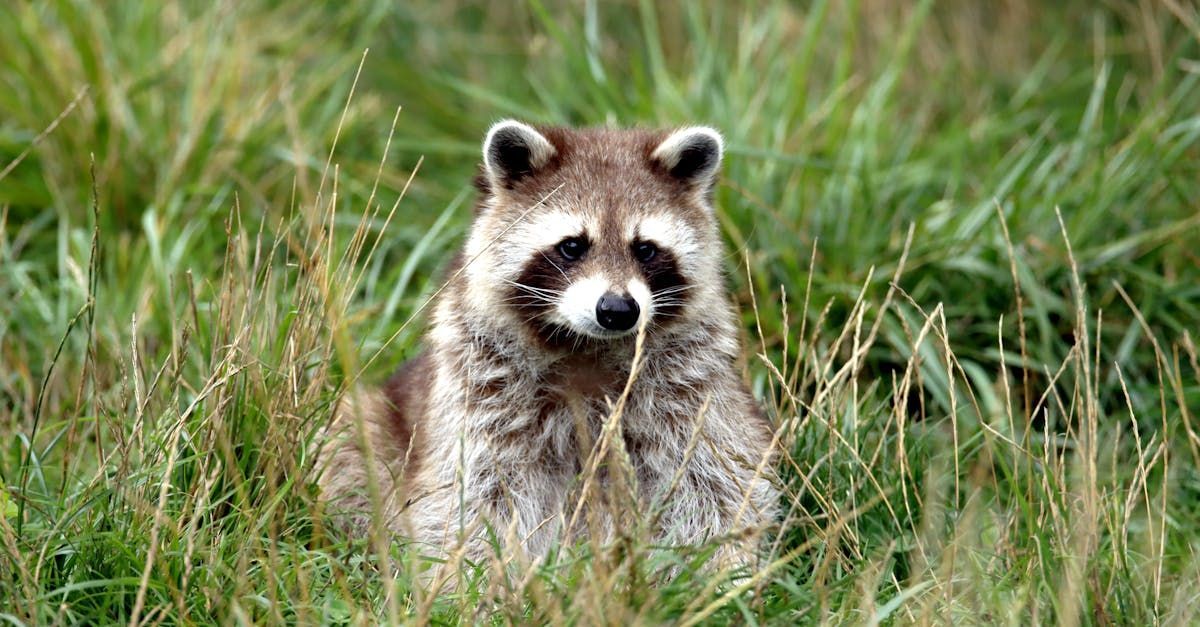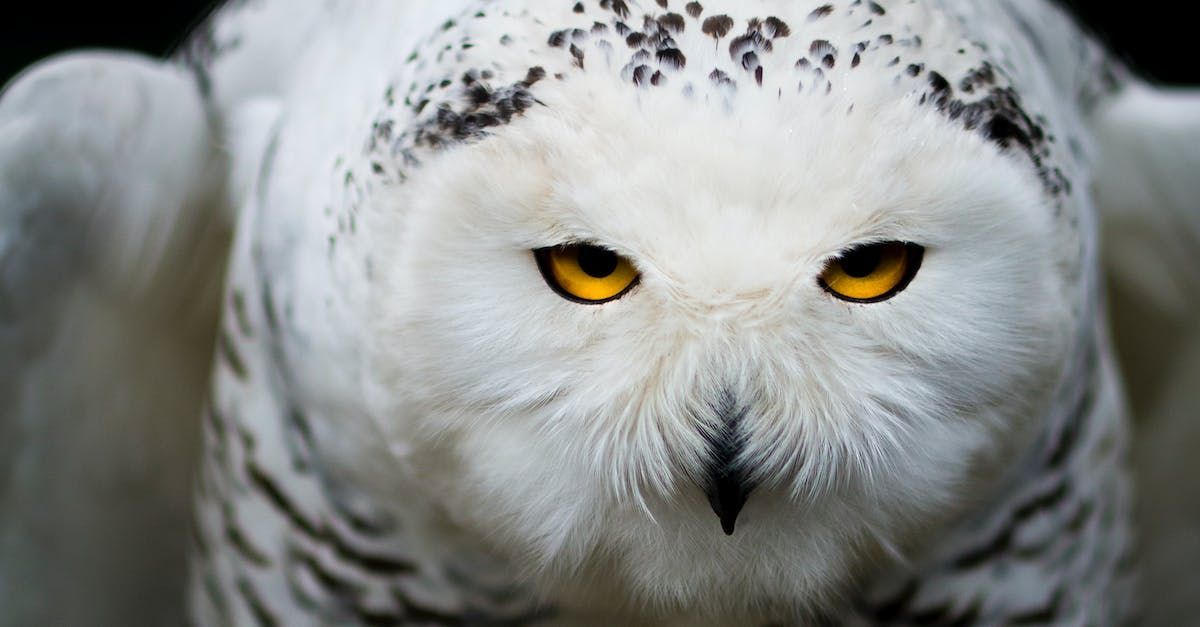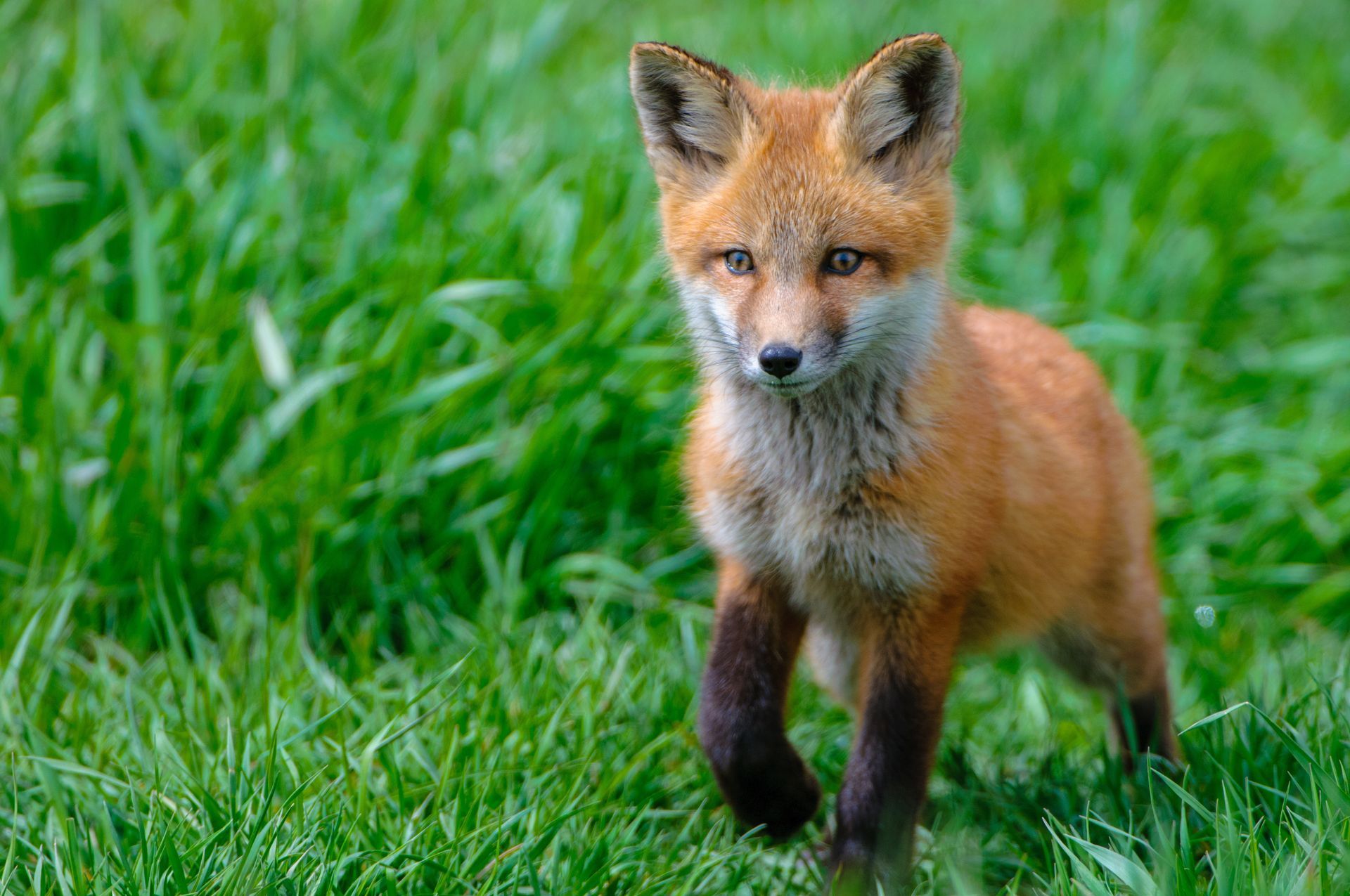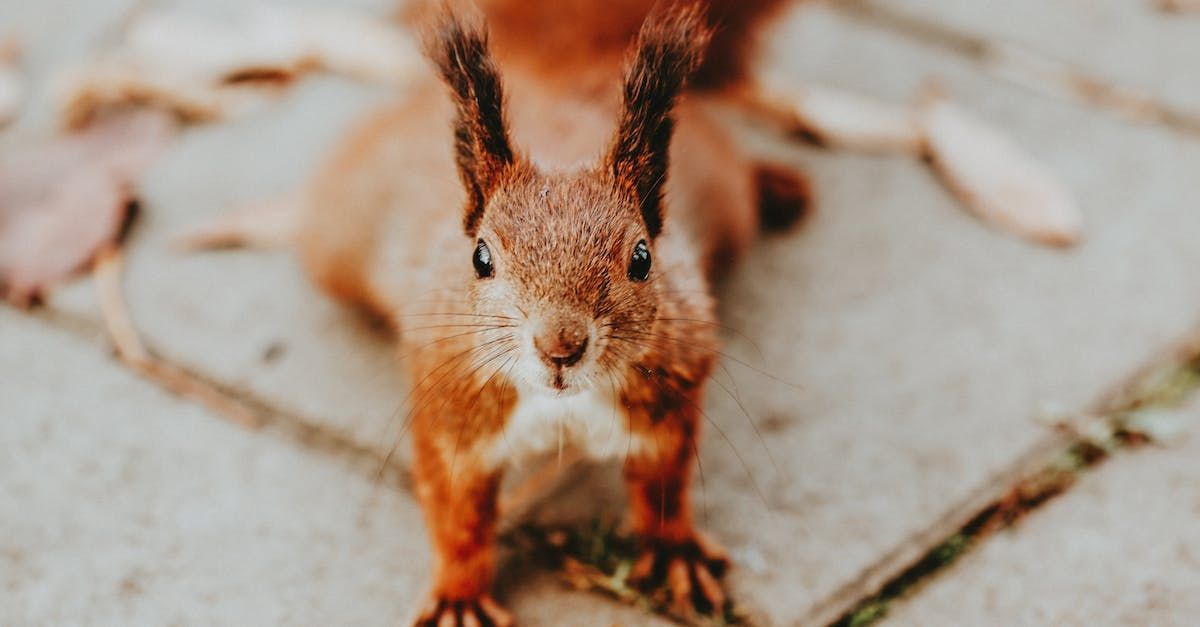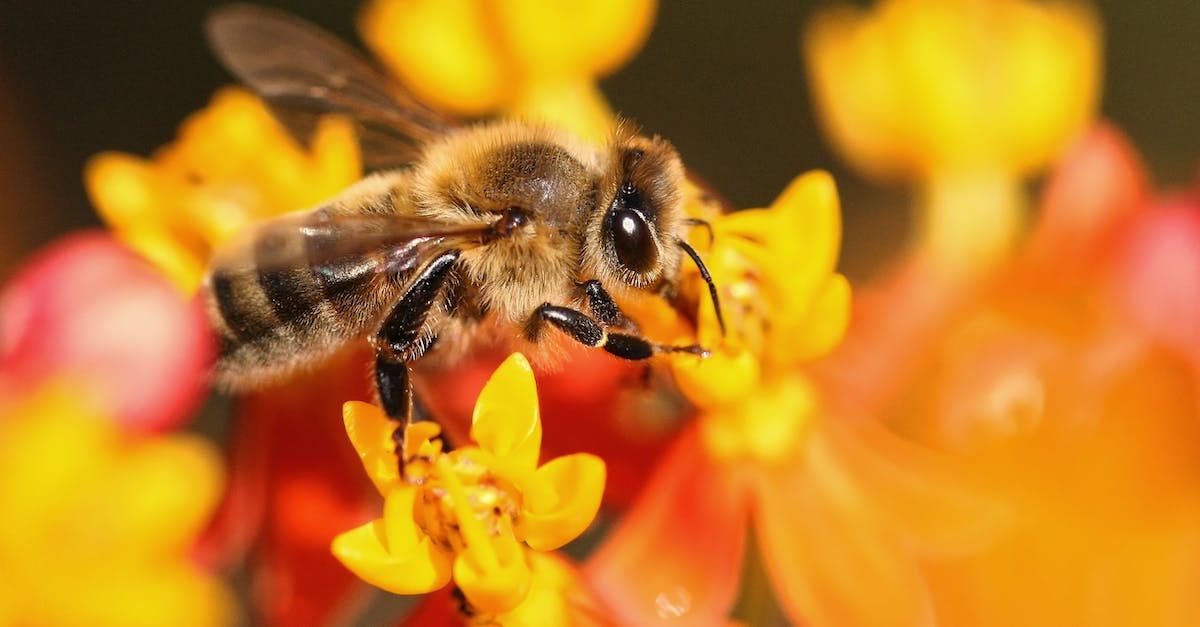Beyond the Fairy Tale—Wolves in the Wild
Please email or share this article.
Beyond the Fairy Tale—Wolves in the Wild
March 12, 2024
by Leokadia George & Renée DeVincent
Let's face it, wolves are usually the bad guys in books, movies, and fairy tales. Forget what you've heard, it's time to discover the truth about these incredible creatures. Join us as we journey deeper into the wild and meet some real celebrity wolves. But first, here are some fun facts that you may not know!
Fun Short Facts About Wolves 🐺
- All dogs are directly related to wolves. Like dogs, wolves comfort each other, play, and get the zoomies!
- Wolf pups are born with blue eyes, adult wolves, however, almost never have blue eyes.
- Like some dogs, their paws are partially webbed, making wolves excellent swimmers.
- Wolves are carnivores and can eat up to 20 pounds of meat in one meal, their primary food source. However, they also like a variety of foods, including blueberries.
- Born in the Spring, wolf pups are the size of a potato.
Wolves are a Keystone Species
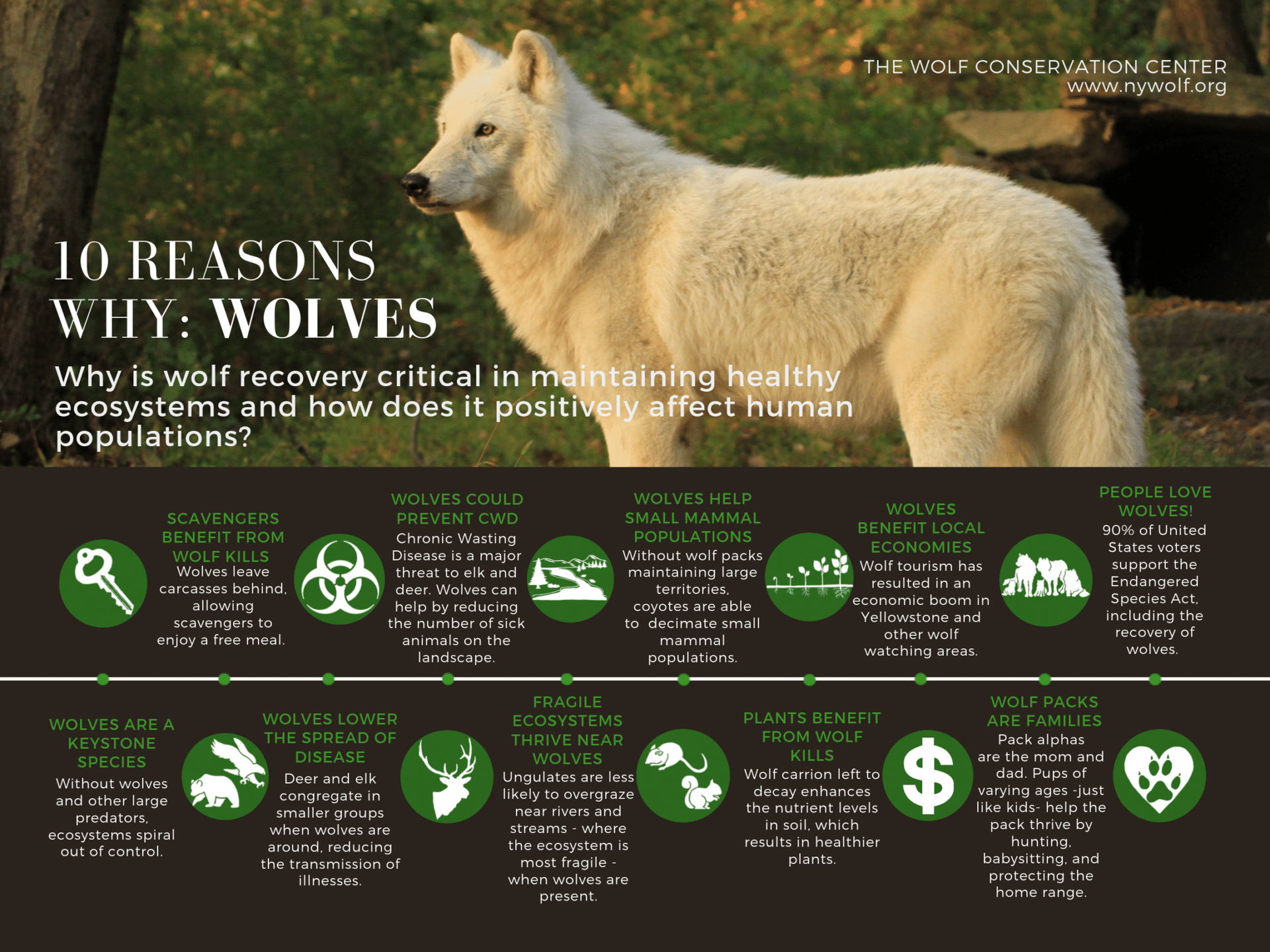
Wolves are called keystone animals because they're super important for keeping their home and community healthy. When wolves are strong, all the other animals and plants in their area are too. Like glue, they keep their ecosystem together. Check out the Yellowstone project to see how wolves make a big difference in nature!
What do they eat? Wolves are carnivores, which means they eat meat. They can eat up 20 pounds during a meal, but, they may go for weeks without eating. An adult grey wolf usually eats about 7 pounds of food per day. Red wolves are smaller and average about 2-3 pounds per day. All wolves mostly eat medium to large ungulate, which are mammals with hooves such as moose, elk, deer, caribou and bison.
What do they look like? Wolves look very similar to dogs since they're in the same family. They have long fur, legs, and noses, with ears that stand up straight. Wolves never have floppy ears. Their fur comes in many colors, more than any other animal, from white to gray, brown, and even black. Their eyes are yellow but can vary to shades of orange, amber, and green. Adult wolves don't usual have blue, brown, or black eyes—only babies temporarily have blue eyes.
Sources:
Yellowstone Forever (https://www.yellowstone.org/wolf-project/)
International Wolf Center (https://wolf.org/wolf-info/)
All About Baby Wolves
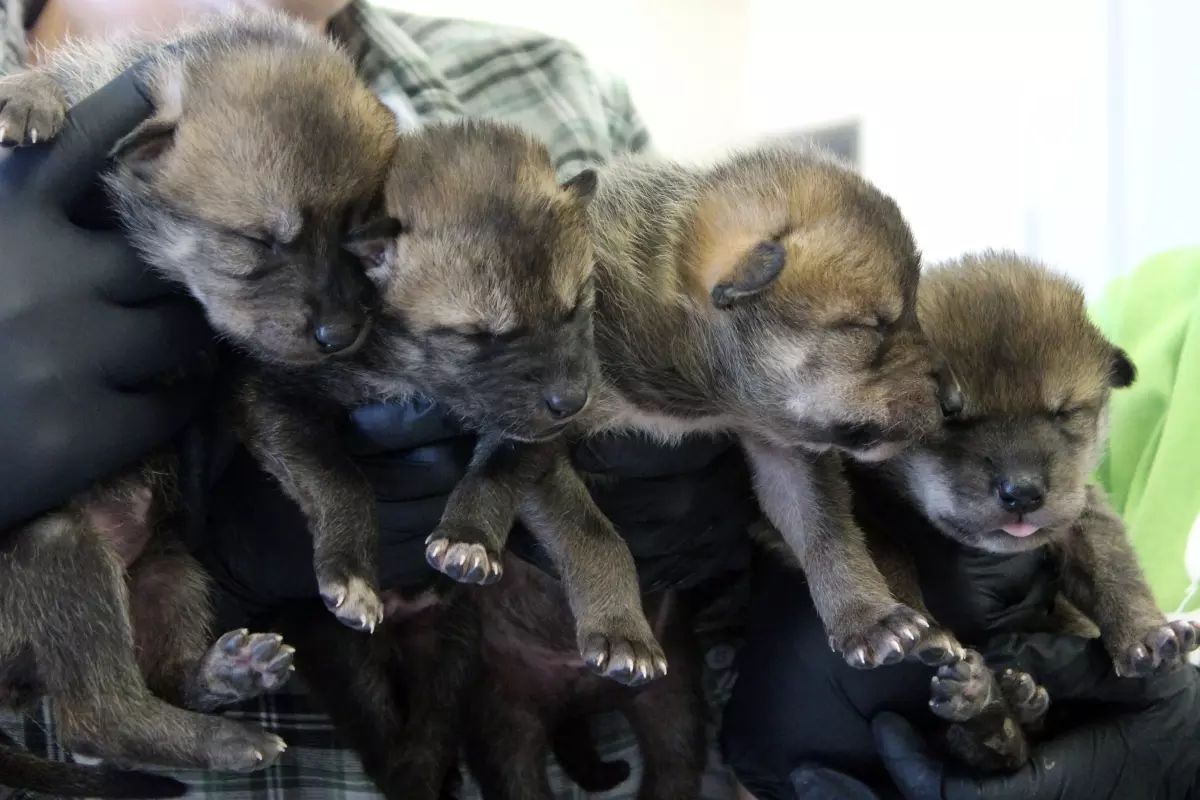
Baby wolves are called pups and are usually born to a litter of 1-10 puppies. During the first two weeks of their lives, they can’t see or hear and spend this time drinking milk from their moms and sleeping. Their first home is called a den, which is often a small cave or a hole dug in the ground.
Pups grow fast, and after about 10-14 days, open their eyes and start to walk. By three weeks of age they can begin to eat meat. While still in the den, the adult members of the pack bring them chewed food to eat. All pack members take care of the pups. When they are eight weeks old, they leave the den and hang out at a special spot where selected adults watch over them.
Wolf pups love to play and learn many of their social and hunting skills with their littermates. They love playing with their siblings and with toys like bones and feathers. As they get older, they use these skills to hunt small animals like rabbits. By six months old, they join the pack on hunts.
Source: International Wolf Center (https://wolf.org/wolf-info/wild-kids/wolf-families/)
Celebrity Wolves - Atka, Moose, Silas, and Trumpet!
These wolves are very special and represent four different types of wolves. Meet each one and learn more about their unique traits.
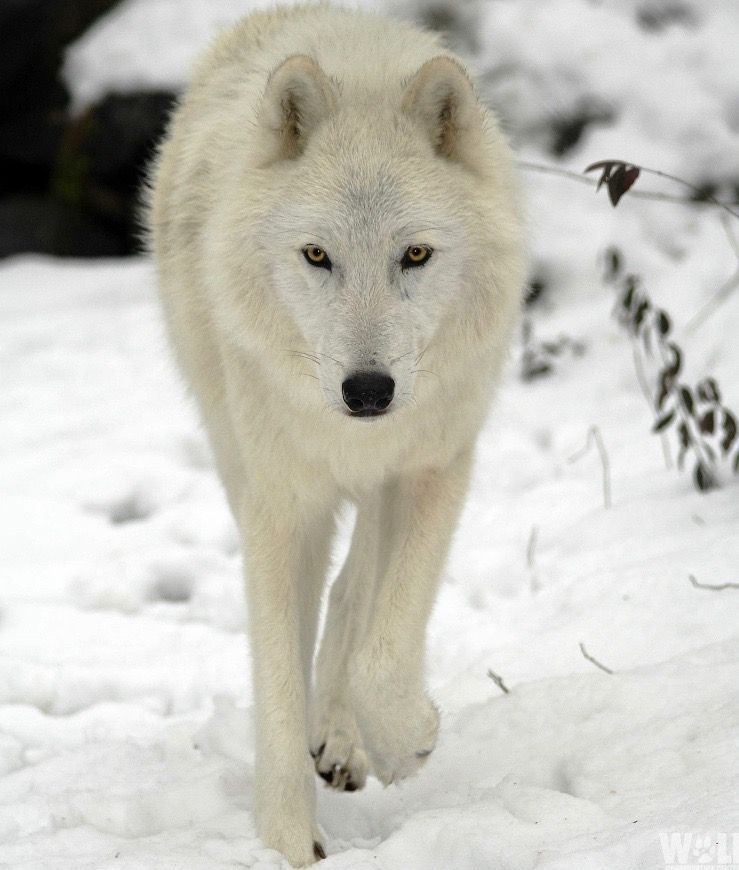
Atka the Arctic Wolf
Atka, was a traveling ambassador and able to visit many schools, libraries and nature centers to help fight for wolf conservation and dispel the myth of the “big bad wolf”. Through Atka’s career he was able to visit some interesting places including the Intrepid in NYC and Congress, where he received a standing ovation.
Meet several wolves for which Atka advocated webcam page.
Arctic Wolves: Live in the Arctic region, where it gets extremely cold. They have a dense undercoat of fur that helps them stay warm during the coldest days (up to minus 70 degrees Fahrenheit). They have large paws that help them walk on top of the snow like snowshoes and, they increase blood flow to their feet to keep them healthy during the coldest days.*
Source:
International Wolf Center -
ARCTIC WOLVES HAVE UNIQUE ADAPTATION TO PREVENT COLD INJURY TO THEIR PAWS
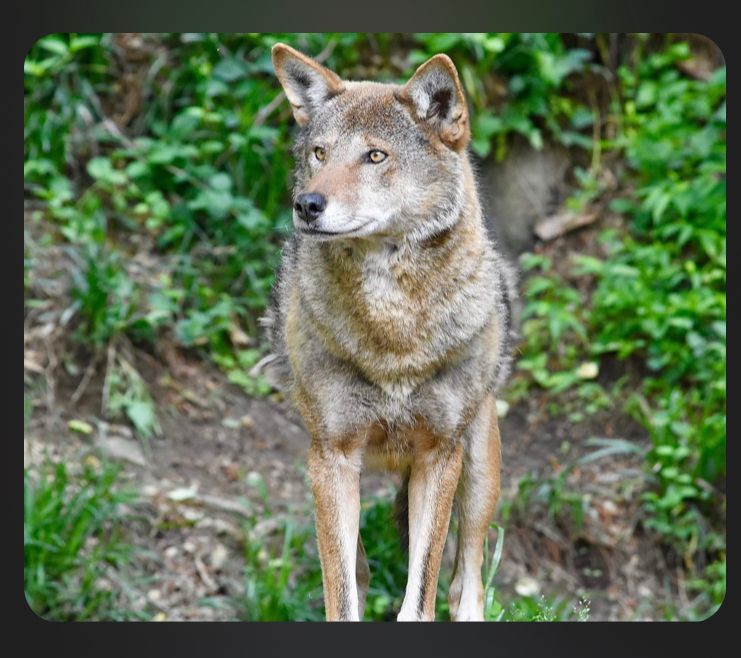
Moose
Moose is a Red Wolf, and lives in a pack of eight with his mate Cary, and six pups, Bronto, Rocket, Sprout, Lunar, Mist, and Carolina. In 2020, they moved to the The Mill Mountain Zoo in Roanoke, VA. Moose and his family are a success story in efforts to ensure the survival of this critically endangered red wolf.
Red Wolves: They are smaller than Gray wolves, usually weighing between 50 to 80 lbs. Red Wolves got their name because of their unique reddish brown coloring. They once roamed from New England to Florida and as far west as Missouri to Texas.
For more information and activities about Red Wolves, this free booklet is available through the U.S. Fish and Wildlife Service.
Far Traveler A Teacher’s Companion to Red Wolf Recovery
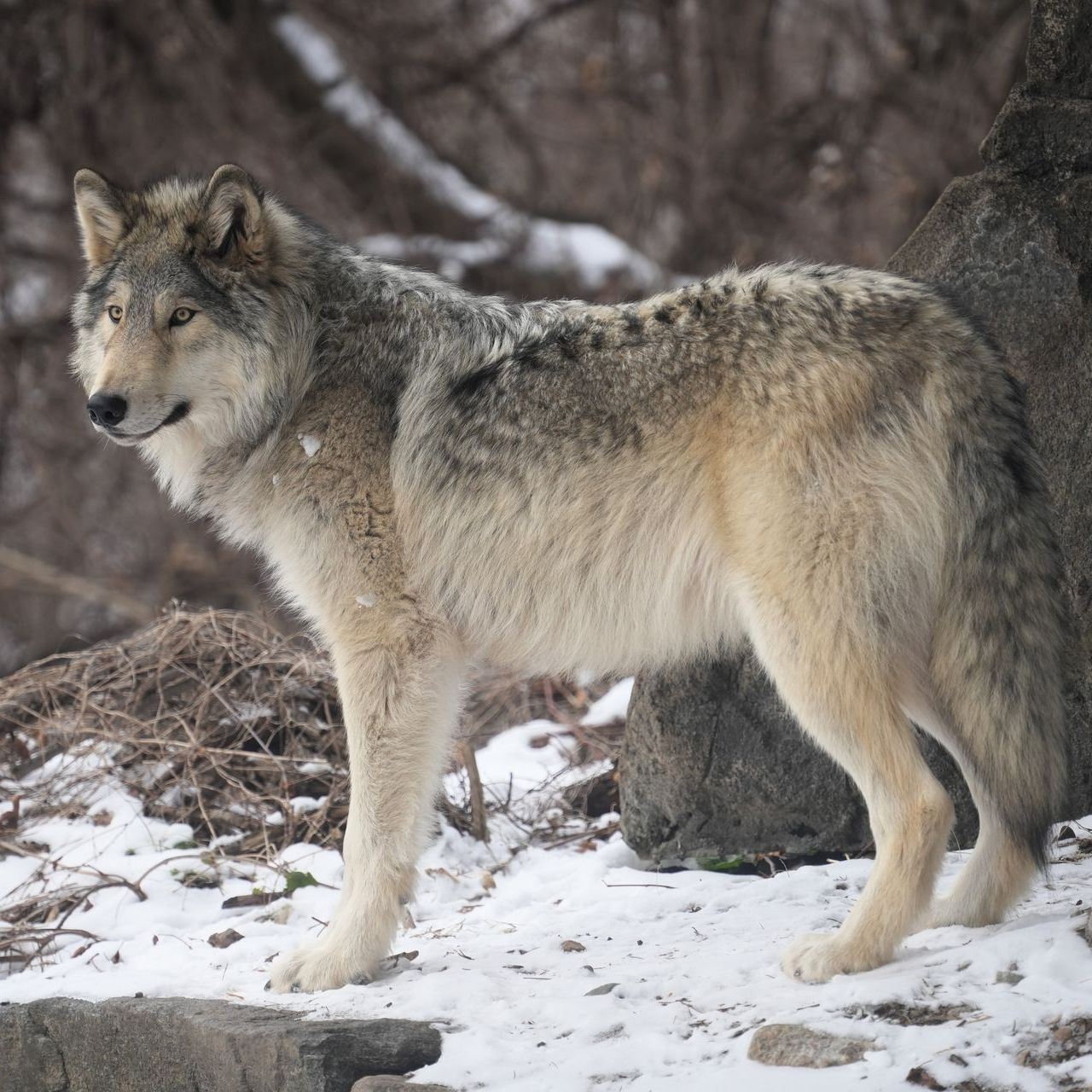
Silas
Silas lives in New York at the Wolf Conservation Center. Silas has not even had his 1st birthday but is already big enough to help his family with hunting and won’t slow the pack down if they need to travel. Silas is the newest helper for the the Wolf Conservation Center teaching people about how important wolves are to nature. Learn more about Silas and watch some cute videos! Wolf Conservation Center
Gray Wolves: Gray wolves can have many different colors of fur from Gray and white to beige and black. They get their name because the undercoat of fur is gray. They live in various northern states in the USA as well as Canada. They can weigh 80 to 120 lbs.
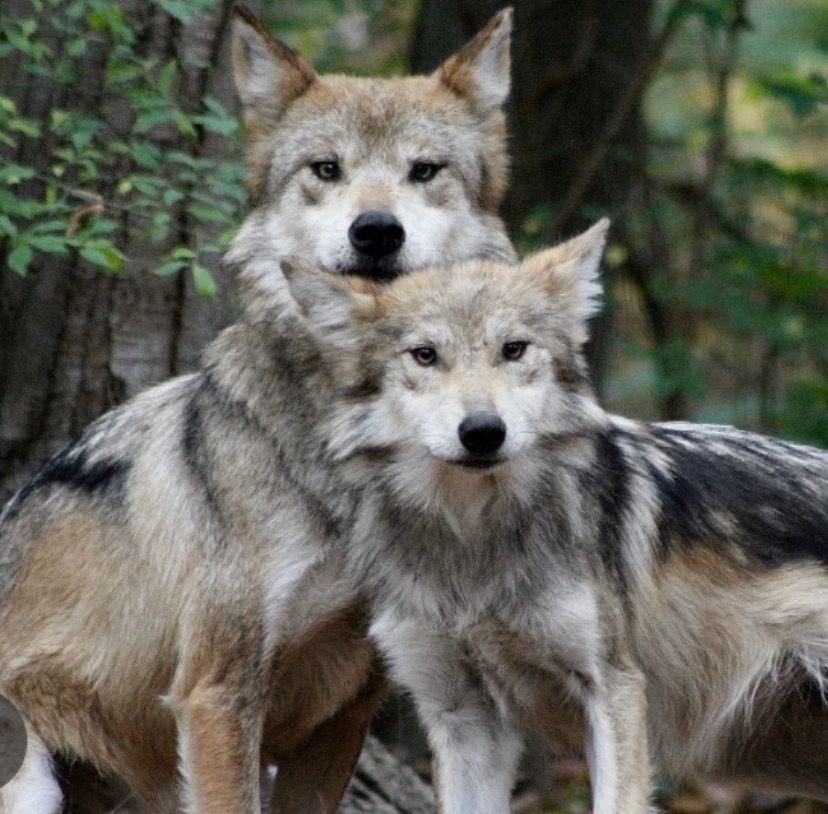
Trumpet
Trumpet is called the Miracle wolf pup. She fell in love with LightHawk and they have welcomed four litters of pups together and seven of their pups were released to the wild in Arizona and New Mexico. Her eldest daughter was flown to Mexico to be paired with another wolf there. Trumpet, Lighthawk and 4 of her sons still live at the Wolf Conservation Center and can be viewed on their webcams (we are hoping for more pups this spring)
Mexican Gray Wolves: Mexican Gray wolves live in both Mexico and USA. Currently in the US they only live in Arizona and New Mexico. Mexican Gray wolves are one of the most endangered. They are a bit smaller than other Gray wolves.
Trumpet's real-life adventures, as shown in her books, teach us about the amazing work being done to protect her species and keep them from disappearing forever. Follow Trumpet's beautiful journey in these three children's picture books by author Leokadia George. Trumpet the Miracle Wolf Pup, Trumpet Grows Up, and Trumpet Finds Love. All three books are available now on Amazon. Learn More
Do Wolves Howl at the Moon?
As noted by the National Wolf Watcher Coalition “while wolves don’t howl at the moon, they do howl more when it is lighter at night, which occurs more often when the moon is full”.
Talking- Wolves are very social, and use different sound to talk to each other. They also use their bodies and smells called scents to communicate. Each wolf has its own voice, so they know who's who in the pack.
Sounds- Wolves howl to talk to each other from miles away. When they all howl together, it's like a big family cheer. They also have "Whisper howls," for when they need to be quiet around enemies and prey.
Scents- Smells called scents are used to mark their territory to show other wolves where they live and hunt. They also use scents to say, "This is my food," and to help them find their way around.
Source: Living with Wolves (https://www.livingwithwolves.org/about-wolves/language/)
What is a Wolf Pack?
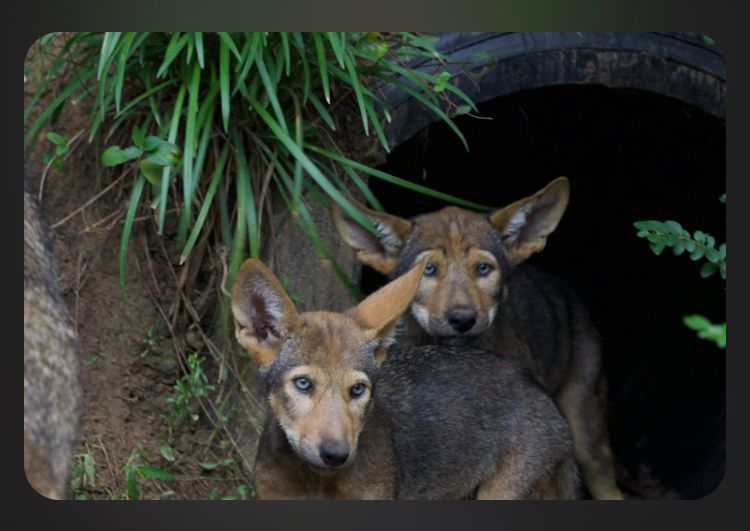
A
wolf pack is a family with a mom and dad leading the pack, called the alpha pair. Families come in all shapes and sizes and can include pups born that year, siblings from previous litters, aunts or uncles and sometimes even grandparents or other elders. Sometimes a friend or an adopted pup joins too.
Wolf packs rely on team work to hunt. Each family member has a special job during the hunt that uses their best skills, like being strong, fast, or experienced. Wolves can run fast and travel far in search for food and they have a good sense of smell, hearing and vision, which they use to find prey and know where their pack members are.
Are Wolves Dangerous to People?
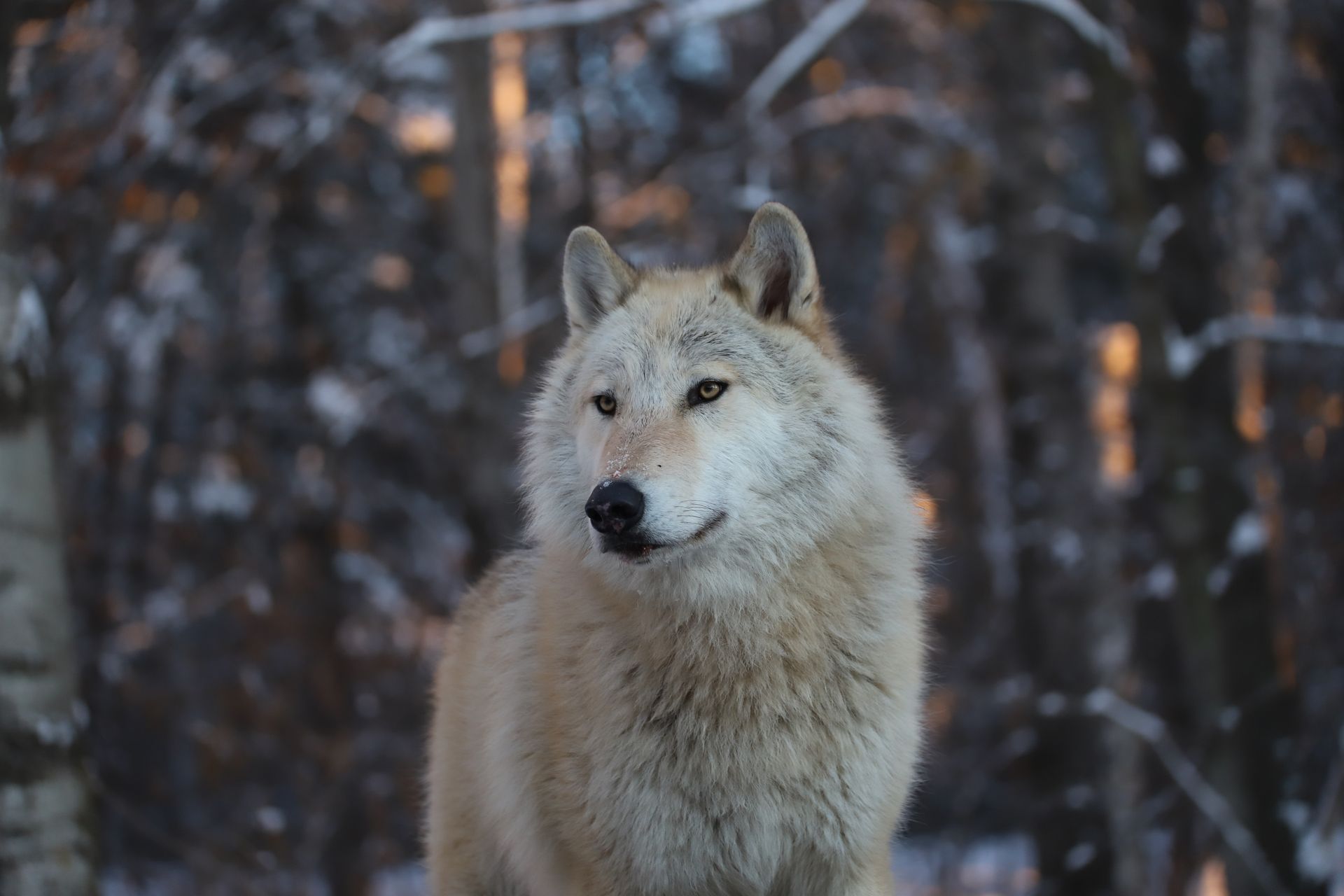
There is a common misunderstanding that wolves are dangerous to people. The truth is that wolves like to stay away from people, if they can. They don't see people as prey and so they are not interested in us. The risk of wolves attacking or killing a person is low. However, people play an important role in allowing wolves to stay in the wild. Wolves only become interested in people when they become habituated to humans being around. This habituation happens when wolves lose their fear of people from being fed by them.
Here's how you can do your part to stay safe and keep wolves wild:
- If you see a wolf, stay away and keep a safe distance.
- Do not feed wolves. This will stop habituation and keep them wild.
- Never corner a wolf, they see this as a threat and may lead to them to defend themselves.
- Do not enter a wolf's den. This is their home and they will attack to protect their family.
- Do not trap a wolf, as it may result in an attack.
While wolves may occasionally kill pets if they come across them in the wild, such happenings are rare and can be prevented by taking the responsibility to care and protect your pets. When in areas with wolves, make sure that your pets are kept on a leash and don't allow them to roam freely.
Sources:
International Wolf Center (https://wolf.org/wolf-info/)
Colorado State University: (https://extension.colostate.edu/topic-areas/people-predators/wolves-and-human-safety-8-003/)
The Conservation of Wolves
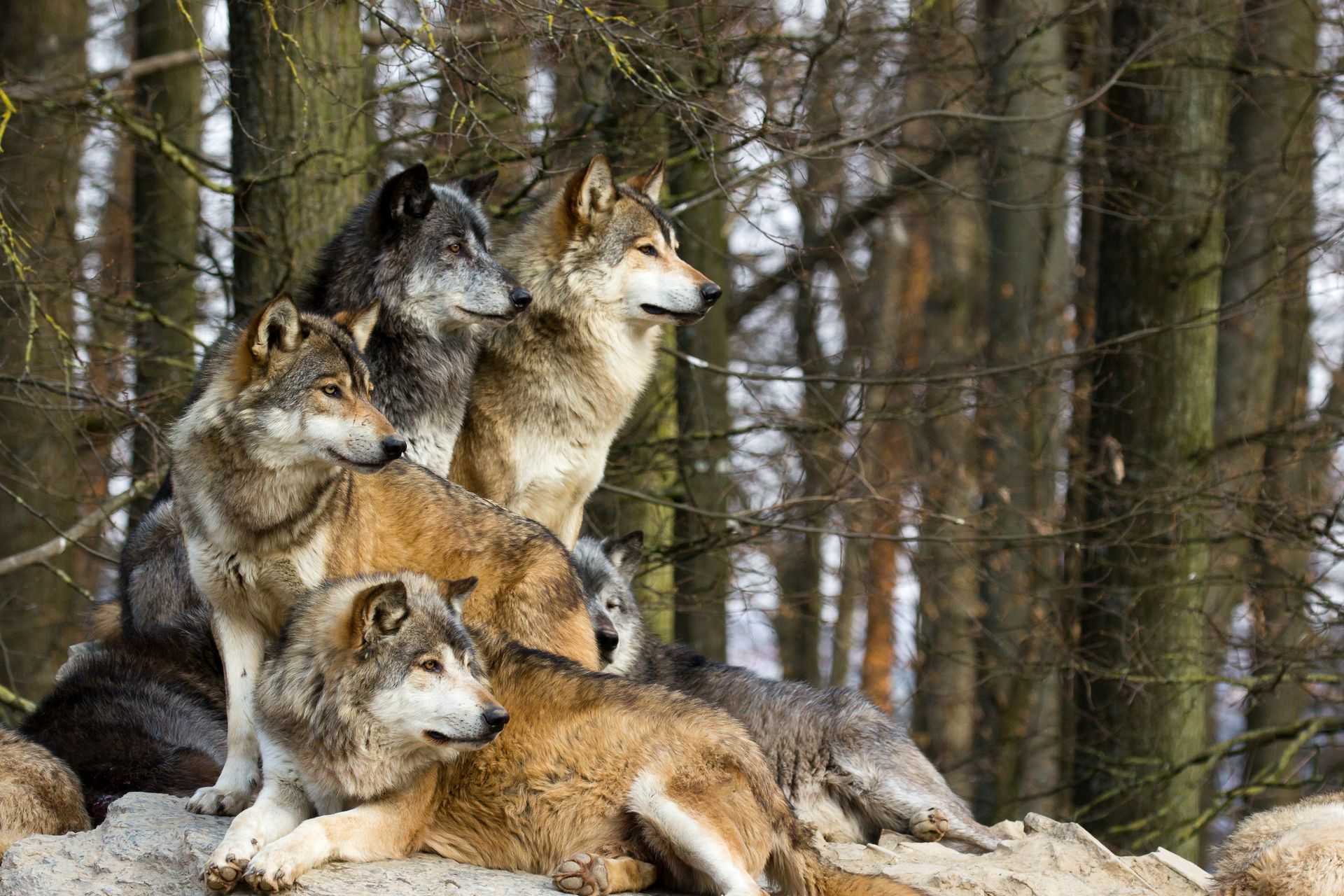
Mexican Gray Wolves are one of the most endangered mammals in North America. By the mid-1980s, hunting, trapping, and poisoning caused the extinction of lobos in the wild, with only a handful remaining in captivity. In 1998 the wolves were reintroduced into the wild as part of a federal reintroduction program under the Endangered Species Act. Today in the U.S., there is a single wild population comprised of 241 individuals
Red Wolf Considered Critically Endangered. The red wolf was declared extinct in the wild in 1980. Since then, the red wolf population has rebounded to about 252 individuals and some have been released and with pups being born in the wild. Learn more at the Red Wolf Coalition.
Saving Animals From Extinction (SAFE) is a program that helps animal populations survive and be release back into nature. They work with zoos, and organizations like the Wolf Conservation Center, and the U.S. Fish and Wildlife Service, (What is the AZA "SAFE" Program? Wolf Conservation Center)
Lighthawk Conservation Flying assists with transporting a range of endangered species throughout the USA. They have over a thousand pilots who no are their flights to saving endangered species. They not only flew Lighthawk to NY but also flew Trumpet and Lighthawk’s pups to Arizona and New Mexico to be cross fostered to the wild. One of Trumpets cross fostered pups was located in the wild earlier this year by the US fish and wildlife!
Source: The Wolf Conservation Center
12 Free Wolf-Themed Activities (Ages 3+)

